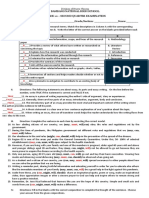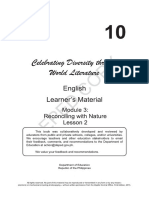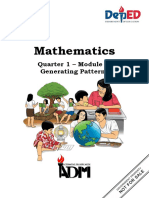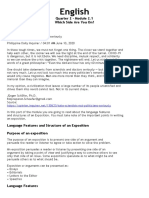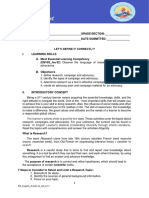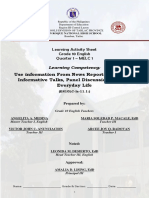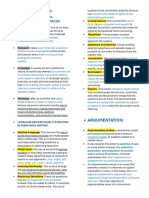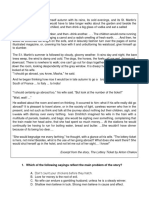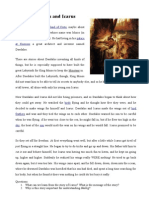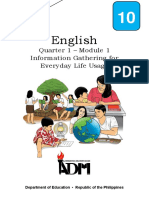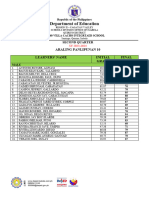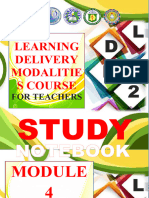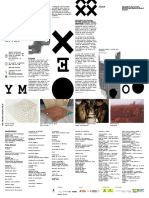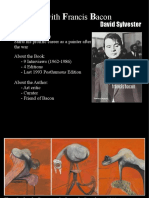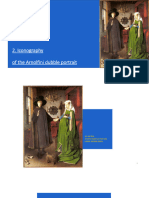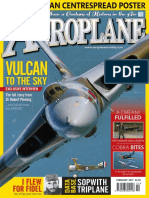50% found this document useful (2 votes)
13K views4 pagesEnglish-10 Teachers-Copy Oral
Uploaded by
WILSON CASTROCopyright
© © All Rights Reserved
We take content rights seriously. If you suspect this is your content, claim it here.
Available Formats
Download as PDF, TXT or read online on Scribd
50% found this document useful (2 votes)
13K views4 pagesEnglish-10 Teachers-Copy Oral
Uploaded by
WILSON CASTROCopyright
© © All Rights Reserved
We take content rights seriously. If you suspect this is your content, claim it here.
Available Formats
Download as PDF, TXT or read online on Scribd
/ 4





